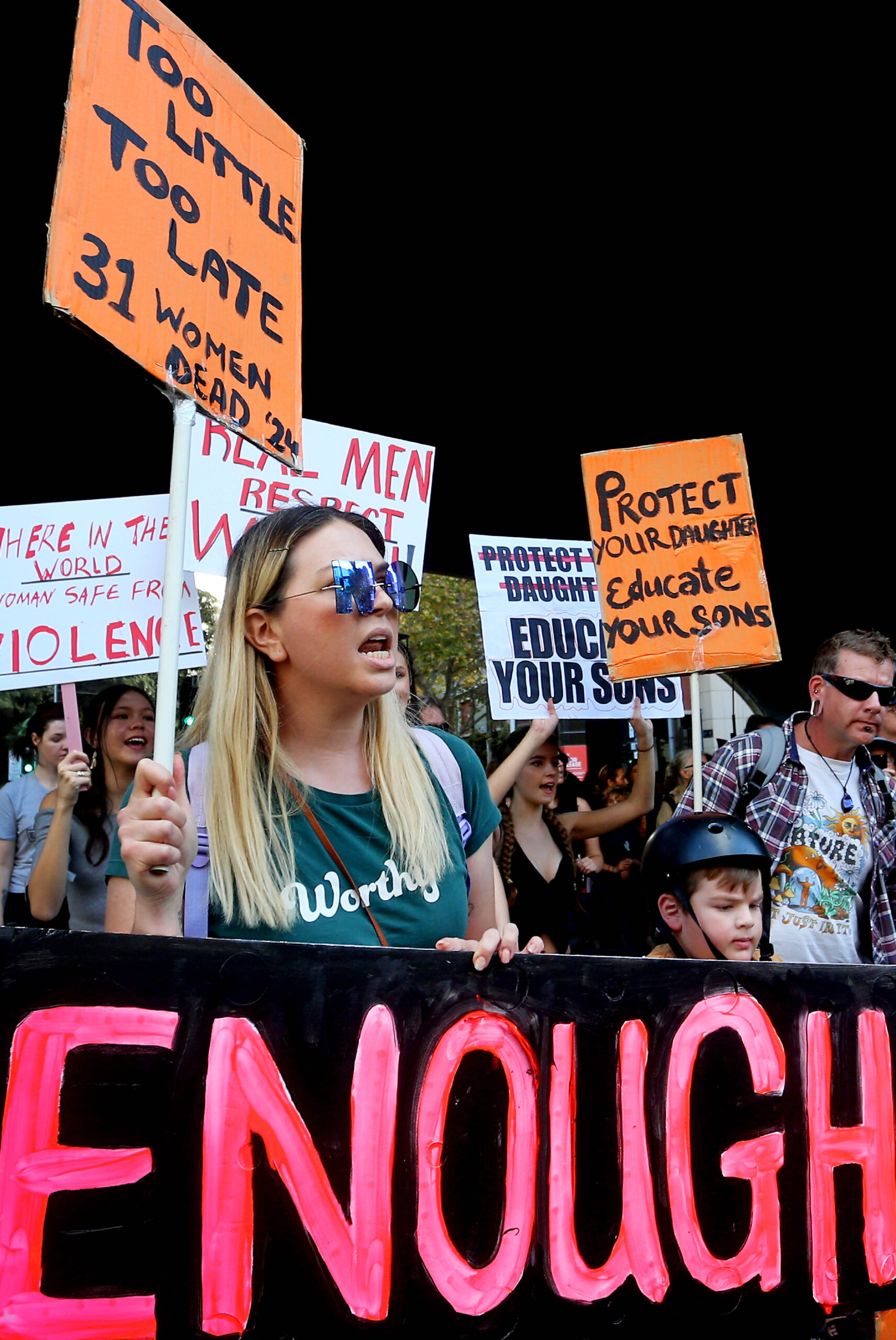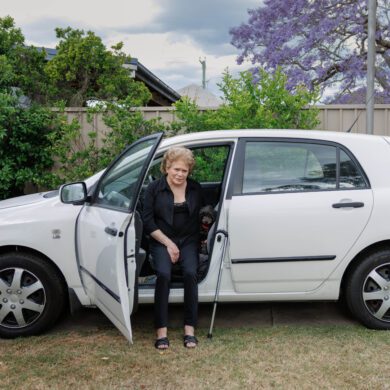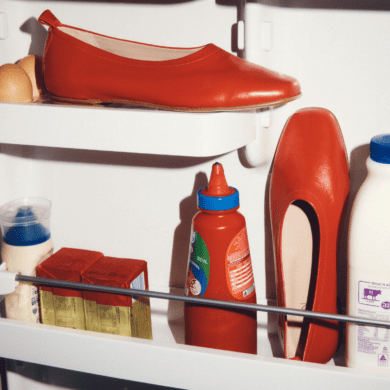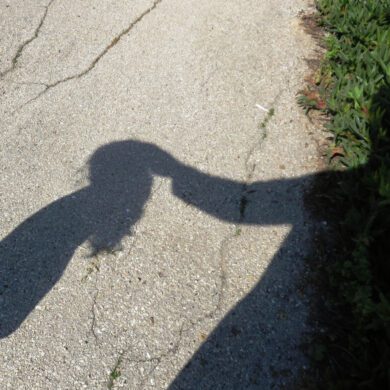It is now 50 years since a group of women led by feminist author Anne Summers decided enough was enough; that it was time to take matters into their own hands.
Horrified at their individual experiences of domestic violence and those among their friends and acquaintances, they took over a vacant terrace house in the inner Sydney suburb of Glebe. “Elsie”, as the house was named, became Australia’s first women’s refuge.
The women behind the venture hoped that their example would force governments to step in and take responsibility for the safety of women and children forced onto the streets because of the violence of their intimate partners.
For a while their optimism was rewarded; the Whitlam government provided some funding, the Fraser government added to it.
So where are we half a century later; how much success have we had in minimising this scourge?
Far from enough.
There are now well over 300 women’s refuges around the country, but that is far short of the number needed to meet demand.
Less than four per cent of women and children who seek long-term refuge from family violence can be accommodated. And the other services needed to support victim-survivors are short of what a prosperous and humane democracy ought to take pride in providing.
Less than four per cent of women and children who seek long-term refuge from family violence can be accommodated.
Governments continue to struggle to comprehend the resources and actions needed to match the good intentions expressed in their rhetoric. And they are reluctant to confront some of the obvious drivers that need to be addressed.
For example, criminologist Professor Michael Salter and advocate Jess Hill have both noted the toxic force of gambling as a domestic violence accelerant.
Yet it is nearly a year since a multipartisan parliamentary committee unanimously recommended a ban on gambling advertising as an effective means of reducing gambling harm. The government has yet to respond, and the indications are that it is absolutely no intention of doing as the committee recommended.
In its first budget, in October 2022, the Albanese government provided funding to enable the states and territories to employ 500 domestic violence support workers. As recently as the middle of last month, just 17 had been enlisted.
The government provided funding to employ 500 domestic violence support workers. [By] last month, 17 had been enlisted.
Just what is it going to take to get our governments, federal, state and territory to take violence against women seriously?
No fewer than 34 women have been killed this year, most by men known to them. That is a grim average of one woman being killed every four days. And we are going backwards. The death toll has risen from one a week in 2023.
Five of the murders were at the Westfield shopping centre in Bondi Junction, provoking nationwide mourning and anger, and leading to public protests across the country last weekend – and a national cabinet meeting this week.
As voters, particularly women voters, made clear at the last election they were mad as hell after a decade of inaction on women’s safety and equality. The last government’s tin ear when it came to women was a major reason female voters – and their partners – turned away from the coalition in droves. We would be forgiven for thinking that our leaders and policy makers would have got the message.

Wednesday’s meeting of the nation’s leaders could have been a turning point. As Women’s Legal Services Australia put it, national cabinet had “the opportunity to commit to matching community concern with investment in frontline domestic, family and sexual violence services.”
That did not happen.
There was no new money for frontline services.
Access to financial support for women is vital and the Prime Minister did make the already existing Escaping Violence Program permanent (renaming it the Leaving Violence Program), but as it stands it is difficult to access and will need streamlining to reach those who need it.
The Escaping Violence Program is also only effective if there is a fully funded response sector available for victim-survivors when they leave.
Last year Women’s Legal Services Australia revealed that 1000 women a week are being turned away due to lack of capacity.
Women’s Legal Services Australia revealed that 1000 women a week are being turned away due to lack of capacity.
Available housing is another critical piece in the Escaping Violence Program. Family violence is the leading cause of women’s homelessness in Australia. No new funding was announced for that either.
Homelessness Australia reports that in 2022-23 homelessness services assisted 58,589 women and 37,825 children who had suffered domestic and family violence. However, just 3.7 percent of those seeking shelter were able to secure long term housing.
Police in my state of Victoria reveal that they receive 94,000 requests for domestic violence assistance a year, nearly 11 incidents an hour across the state.
In the electorate that I represent, the community of Goldstein in Melbourne, the police tell me that 50 per cent of their cases relate to family violence.
In the electorate that I represent, the police tell me that 50 per cent of their cases relate to family violence.
State governments will go away and think about what to do next before another meeting of National Cabinet next quarter. In the meantime, it is likely that repeat offenders will continue to get bail, breach intervention orders and cause terror for women and children.
Resources targeting online porn and violent misogyny as well as ‘Stop it at the Start’ funding to help change attitudes are welcome and important, but they are long-term projects.
Based on the above, by the time National Cabinet meets again in roughly 90 days, 12,000 women will have been turned away, and at a rate of one woman every 4 days, another twenty-two women may be dead.
The pillars of the National Plan to End Violence Against Women and Children are the right ones, but they need more investment to implement. And we need robust data and analysis so we can see what is working, what is not and where the gaps are.
As economist Angela Jackson told the National Press Club on Wednesday the government should anticipate rising family violence as cost-of-living pressures continue.
The Federal Budget in less than two weeks will be an accurate reflection of government choices about where to spend money, of its priorities.
Persistent inflation and incoming tax cuts that will boost spending do limit the government’s ability to spend without making cost of living pressures worse.
But an exponential increase in public funding for more women’s refuges is unlikely to have a significant impact on inflation while ensuring the safety of thousands of women and their children – avoiding the “Sophie’s choice” of remaining with a violent partner or living rough.
There are other measures that would make a difference without busting the budget. For example, the “Change the Count” initiative being promoted by Professor Kate Fitz-Gibbon for comprehensive national family homicide statistics. We must look at the data to get a clear picture of what we are missing.
It was a campaign by Melbourne’s Sun News-Pictorial newspaper in the late 1960s focussing on the road toll which led directly to compulsory seat belts in cars and random breath testing – two measures which slashed the road toll.
National data showing exactly when or if women have contacted support service or police and what other signs or red flags were not acted on would inform policy and enable those making it to make the right decisions. Also of value would be increased spending and comprehensive programs of financial literacy for women and girls.
Statistics show that half of the women in Australia are financially illiterate.
Financial ignorance is one of the tools of coercive control. The more women can deconstruct the mysteries of their family finances the more autonomy they are likely to have.
Statistics show that half of the women in Australia are financially illiterate. Financial ignorance is one of the tools of coercive control.
The events of the last few weeks have given domestic and family violence a focus we have not seen before.
We must look at what is working and what is not and reset our focus to successful programs.
We must look at immediate actions like flaws in the justice system and consequences for perpetrators, medium term actions like tackling online porn, gambling, alcohol and drug abuse and long-term culture change around the attitudes of men and boys.
There is no one fix, but at the core of the solution is listening to experts and acting by consistently funding both responses and prevention. Should the government step properly into this and grasp the opportunity that it presents, the community will be a safer place for women and their children.
Ignore the signals from the community and more women will unnecessarily pay a terrible price.
This is the moment.
Want more articles like this? Sign up to PRIMER’s free weekly newsletter here.
If you or someone you know is experiencing violence, please contact 1800 RESPECT












No Comments